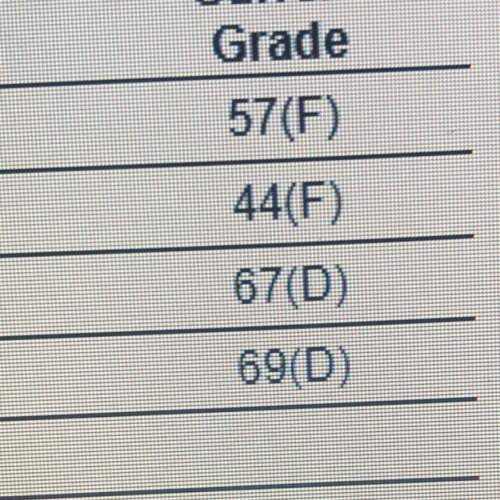
Mathematics, 25.02.2020 16:35 xandreaii
Let the random variable X have the geometric distribution given by pX (k) = (1− p)^(k−1) p, k = 1,2,3, Let A be the event that {X ≥ 2} and A c denote the complement of A. Determine pX/A(k), pX/Ac (k)

Answers: 1


Another question on Mathematics

Mathematics, 21.06.2019 18:30
(05.08a)triangle abc is transformed to similar triangle a′b′c′ below: a coordinate plane is shown. triangle abc has vertices a at 2 comma 6, b at 2 comma 4, and c at 4 comma 4. triangle a prime b prime c prime has vertices a prime at 1 comma 3, b prime at 1 comma 2, and c prime at 2 comma 2. what is the scale factor of dilation? 1 over 2 1 over 3 1 over 4 1 over 5
Answers: 3

Mathematics, 21.06.2019 19:00
At $1.32 million, they closed last month percent above what they paid in 2007." how much did they pay in 2007?
Answers: 1

Mathematics, 21.06.2019 22:10
Using graph paper, determine the line described by the given point and slope. click to show the correct graph below.(0, 0) and 2/3
Answers: 2

Mathematics, 21.06.2019 22:30
3. a sum of $2700 is to be given in the form of 63 prizes. if the prize is of either $100 or $25, find the number of prizes of each type.
Answers: 1
You know the right answer?
Let the random variable X have the geometric distribution given by pX (k) = (1− p)^(k−1) p, k = 1,2,...
Questions


History, 25.02.2020 00:06

Mathematics, 25.02.2020 00:06








Geography, 25.02.2020 00:07


History, 25.02.2020 00:07










